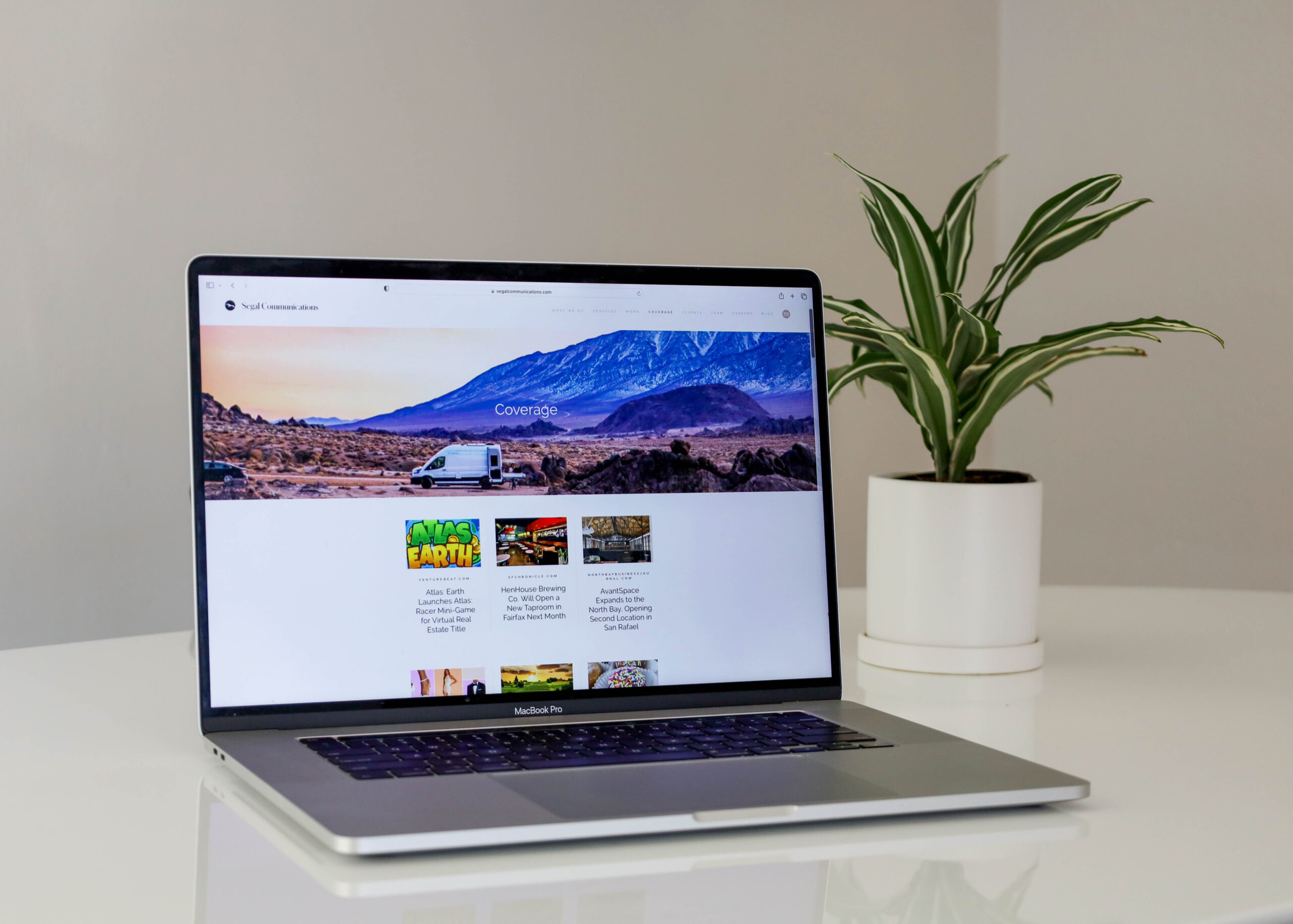You may not know what a byline is, but you have most certainly read one.
A byline is an article authored by a thought leader that appears in a media outlet as contributed content. Unlike an op-ed, a byline is less about making an argument and more about providing helpful expertise and advice. Bylines also tend to be more industry-specific than op-eds, appearing in trade magazines rather than general consumer outlets.
That said, the line between the two can be blurry and they ultimately serve the same purpose in public relations. Both bylines and op-eds can establish authors as thought leaders, build credibility and trust for brands, and expand brand awareness. While an interview with a reporter might result in a couple of quotes, bylines and op-eds allow you to exercise more control and develop your ideas fully. As such, they are an excellent opportunity to contribute to the conversation in your area of expertise and build your profile.
If you’re working with a PR agency, your publicists can help you write a byline. If you decide to tackle one on your own, here are a few dos and don’ts to keep in mind:
Do be original
Don’t repeat what’s already been said! This is your chance to contribute your unique perspective to the public discourse. A novel idea or way of seeing things will always be more interesting and memorable to readers.
Do use your expertise
It goes without saying that to be a thought leader in a certain field, you must have some expertise in it. Draw on your experiences and what you’ve learned to make recommendations or give advice.
Do make it personal
While op-eds are inherently more personal, there’s plenty of opportunity to bring your own experience into a byline. One natural place to put a personal spin on your article is at the very beginning, in your hook. Grab the reader’s attention with a personal anecdote that introduces the topics you’ll explore in the rest of the article.
Do make it timely (if possible)
When choosing a topic, think about current trends and developments in your industry. While a byline doesn’t have to tie in directly to current events, it needs to be useful, and therefore relevant.
Do use data
Using data to backup your points will help establish your credibility.
Do know your audience
If you’re targeting a general audience, refrain from using industry jargon and make sure to explain complex concepts. If you’re writing for a trade publication, feel free to get more technical.
Don’t self-promote
Bylines are not the place to promote your business, and editors will reject your pitch if it’s too self-promotional. Instead, focus on providing useful information and ideas based on your expertise.
Don’t ramble
Different publications will have different guidelines for the length of submissions. Most consumer publications require a byline to be under 800 words. A trade publication will typically allow longer submissions.
Once you have your byline in hand, you’ll need to identify the appropriate contact at your target media outlet. If accepted, contributed content will usually be published for free, although notable paid opportunities like the Forbes Technology Council also exist.
Let us take your brand’s visibility to the next level. We’re here, ready to help your company showcase your “why” and share it with millions of people.














Recent Comments